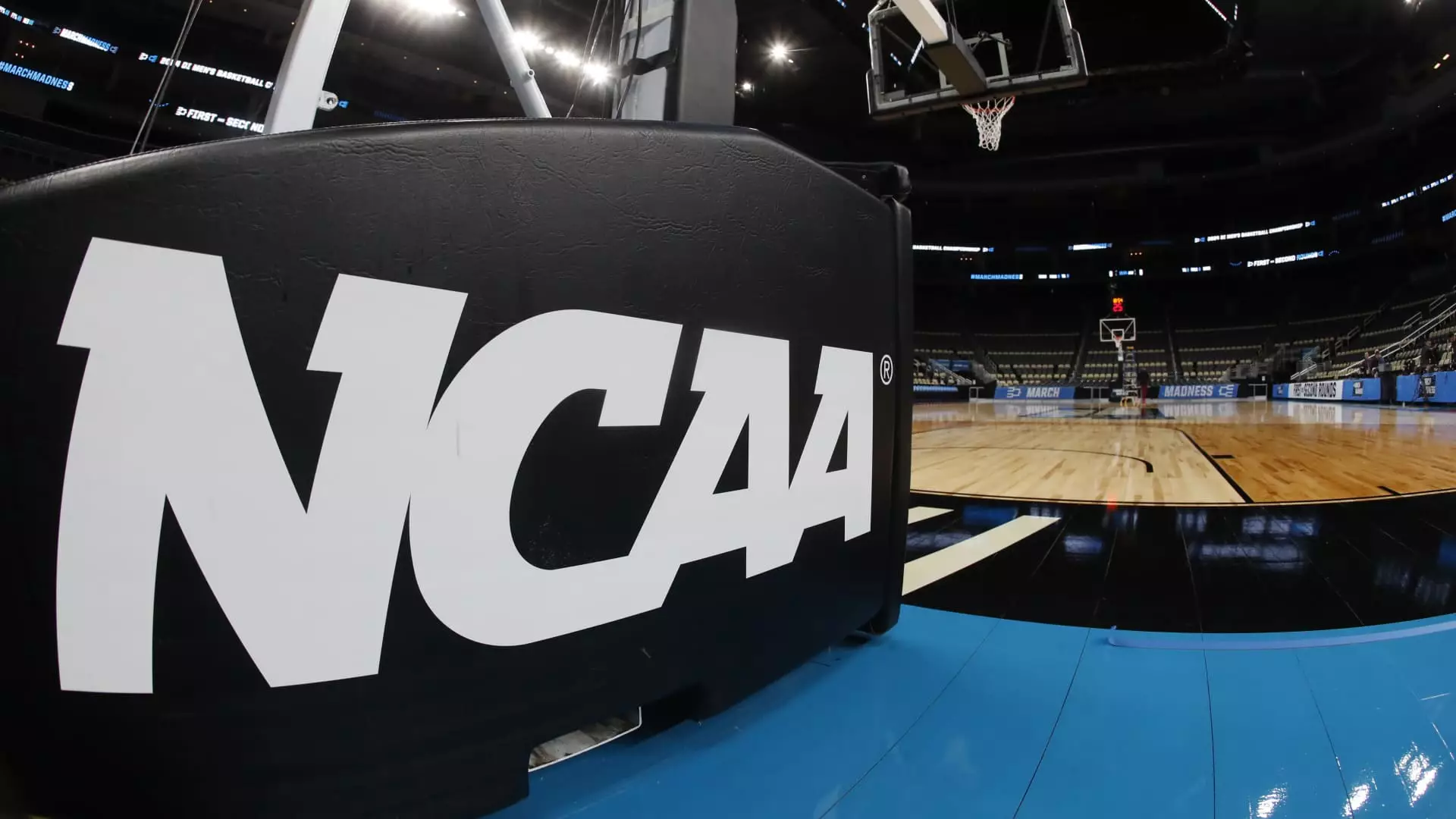Recent changes to the National Collegiate Athletic Association (NCAA) policies regarding transgender student-athletes have sparked intense discussion nationwide. This revised policy, which explicitly prohibits trans women from competing in women’s sports, was announced shortly after President Donald Trump signed an executive order that threatened to withdraw federal funding from schools allowing trans women to compete. This shift marks a significant alteration in the NCAA’s approach to transgender athletes, diverging from more inclusive practices previously upheld.
The new regulations state that male-assigned students can still train with women’s teams and benefit from related services such as medical care but are barred from official competitions. Meanwhile, all students, regardless of gender or sex, have the opportunity to compete in men’s sports. However, those athletes who are undergoing testosterone treatments will need to navigate a specific medical exemption process to participate. Such stipulations appear to create an unnecessarily complex hierarchy within sports, potentially alienating individuals who are already marginalized.
Historically, the NCAA’s policies on transgender athletes had been much more aligned with the Olympic standards, which entailed a nuanced process for determining eligibility based on individual circumstances. This more inclusive approach was adopted in January 2022, suggesting a recognition of the evolving understanding of gender beyond a binary framework. By reverting back to a more rigid policy structure at the behest of political forces, it raises questions about whether sports governing bodies are truly prioritizing fairness or succumbing to political pressure.
NCAA President Charlie Baker has asserted that the organization strives for consistent eligibility standards across all states as opposed to a convoluted landscape of differing state laws. Nonetheless, critics frequently highlight how such harmonization often oversimplifies the complex realities faced by transgender and nonbinary athletes. Baker noted a starkly low number of trans athletes currently registered in NCAA sports—reportedly fewer than ten—indicating that the impact on competitive demographics may be minimal at this moment. However, the long-term implications for aspiring trans athletes remain worrisome.
The policy enactment transcends mere sports; it embodies broader social implications regarding the rights of transgender individuals. Notably, Chris Mosier, a prominent transgender triathlete, denounced the new regulations. He argued that framing gender according to assigned sex at birth overlooks the intricacies of gender identity, reinforcing a binary perception that many in the transgender and nonbinary communities vehemently oppose. Mosier’s insights underscore a critical issue: these rules may have ramifications beyond just competitive sports, as they perpetuate reductive stereotypes about identity.
Intersex individuals and those receiving hormone treatments for medical reasons are at risk of being marginalized further due to these decisions. The policy presents a significant challenge to their inclusion in sports and may hinder access to appropriate medical resources and support, reinforcing a climate of exclusion.
LGBTQ+ organizations, including GLAAD, have expressed their strong disapproval of this new policy. Their critiques center on the lack of medical, scientific, and human-rights informed reasoning behind the NCAA’s decision. Advocacy groups argue that trans athletes should be afforded the same opportunities and protections as their cisgender counterparts, emphasizing the need for inclusivity in spaces that have historically been divisive.
Moreover, these organizations view the policy shift as a retreat from the compassionate and informed policies upheld in the past, instead reflecting the troubling discourse surrounding gender identity propagated by the Trump administration. The approach appears reactionary, dismissing existing evidence and expert opinions that argue for the inclusion of trans athletes in all levels of competition.
The NCAA’s recent policy change regarding transgender student-athletes raises complex questions around equity, inclusion, and the evolving understanding of gender. As society grapples with these issues, it is crucial that discussions around sports eligibility reflect compassion, respect, and a commitment to inclusivity. The NCAA has an opportunity to reconsider its approach and lead a dialogue that promotes understanding rather than division, ensuring that all athletes can participate fully in the athletic endeavors they love.

